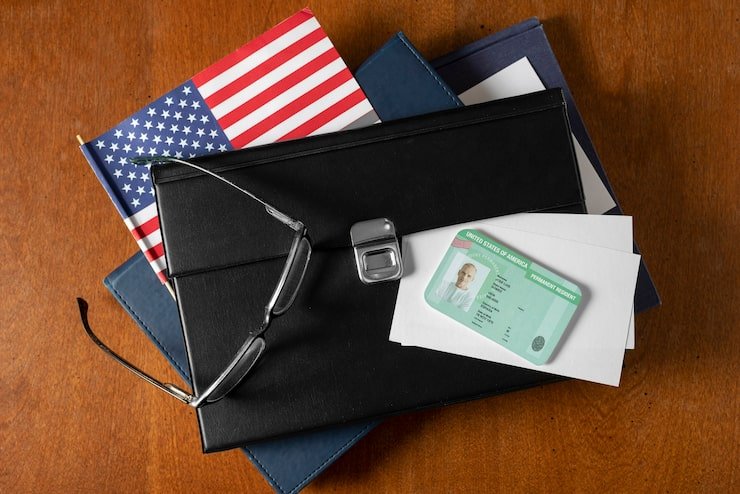Labubu Dolls: The Unstoppable Global Craze Taking Over
Labubu Dolls have become a worldwide obsession regardless of your opinion on them—adorable, odd, or downright weird. Globally, these furry, elf-like figures from Chinese toy behemoth Pop Mart have won hearts; even global stars like Rihanna, Dua Lipa, Kim Kardashian, and Blackpink’s Lisa have taken an eye toward them. From Shanghai to London, long lines develop; sometimes, intense competition to acquire these dolls has even resulted in conflicts among enthusiastic collectors.
What Are Labubu Dolls?
Designed by Hong Kong artist Kasing Lung, Labubu is a fictional character from The Monsters series. These vinyl-headed plush dolls split views with their big eyes, cheeky grins, nine sharp teeth, and pointed ears. While some find them absolutely charming, others find them to be absolutely strange. Other characters including Zimomo, Tycoco, and Mokoko, each inspiring their own collectible versions, also abound in the Labubu universe.

Pop Mart’s official description portrays Labubu as “kind-hearted but often causing accidents while trying to help.” Multiple collections like Big into Energy and Fall in Wild keep collectors coming back for more.
Pop Mart: The Powerhouse Behind the Phenomenon
Founded in Beijing in 2010, op Mart first sold a range of little objects but everything changed when they started offering “blind boxes.” There is more excitement when buyers discover which doll they are getting until they open the box. Pop Mart saw phenomenal expansion following 2019’s acquisition of the Labubu rights. 2020 saw the company go public on the Hong Kong Stock Exchange; over 500% increase in stock price alone in the past year alone.
Pop Mart sells in more than 30 countries and runs over 2,000 vending machines globally today. Its income now comes from outside of mainland China almost forty percent of times. Demand is so strong that some stores have stopped selling temporarily to control excessive interest. Reflecting just how valuable Labubu dolls have become, Chinese officials have even seized tens of thousands of fake versions.
Labubu’s ascent coincided with China’s late 2022 epidemic’s outbreak. Experts say that for many, the dolls provided an emotional escape since they reflected “anti-perfectionism” and chaotic appeal. Starting in China, the frenzy quickly extended to North America, South-east Asia, and Europe.
Social media was quite important. Thai K-pop sensation Lisa uploaded images of Labubu in 2024 to start a worldwide frenzy. Not too long later, Rihanna, Kim Kardashian, and even David Beckham revealed their own Labubu collections, turning these eccentric people into a major worldwide trend.
The Mystery Behind the Obsession
It’s hard to understand Labubu’s viral success. Like many internet trends, it combines pure randomness, emotional resonance, and timing in a way that is both The dolls’ affordability adds to their appeal; most sell for $18 to $70, thus a wide audience can access them even if secondhand prices have skyrocketed.
Crucially also is the “blind box” element Shaking boxes at Pop Mart stores, fans like Desmond Tan in Singapore are known to be hoping for rare “chaser” editions. Often with odds of 1 in 100, these unique versions are far more difficult to find and provide collectors with a gaming-like excitement.
A New Face of Chinese Soft Power
China sees the Labubu phenomenon as a demonstration of its cultural influence. State media highlights the dolls as part of a growing wave of Chinese cultural exports, alongside global hits like Black Myth: Wukong and the animated film Nezha. As one analyst put it, companies like Pop Mart are “so good that no one cares they’re from China.”

In airports and cities around the world, Labubu dolls are now a common sight, hanging from handbags or showcased in social media unboxing videos. Their journey from a niche Chinese toy to a global phenomenon shows how pop culture, creativity, and clever marketing can create worldwide sensations seemingly overnight.











